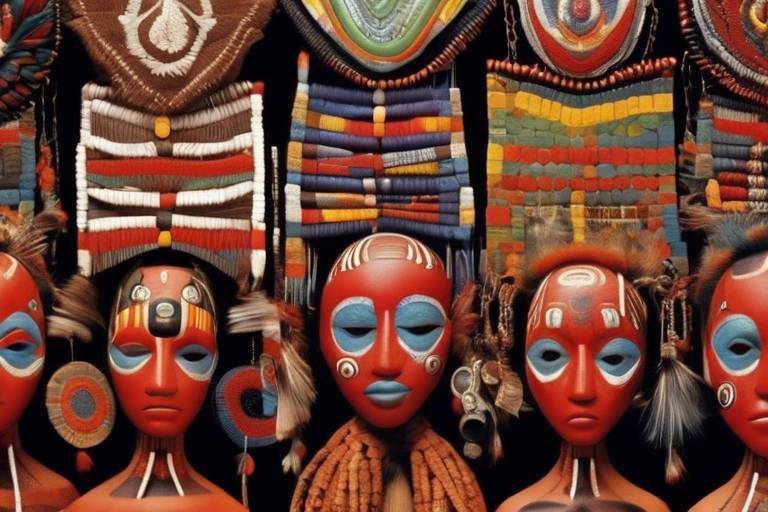The Symbolism of Colors in African Art
Exploring the significance of colors in traditional African art forms reveals a vibrant tapestry of cultural, spiritual, and social meanings. Each hue carries symbolic weight, reflecting the rich heritage and diverse narratives of African societies.

Red
Red holds a prominent place in traditional African art, symbolizing vitality, energy, and the life force that flows through the community's veins. It represents power, passion, and courage, embodying the essence of life itself. In African societies, red is deeply connected to blood and fire, evoking the enduring spirit and resilience of the people. The color red pulsates with a sense of strength and vitality, igniting a flame of passion and determination in both art and life.
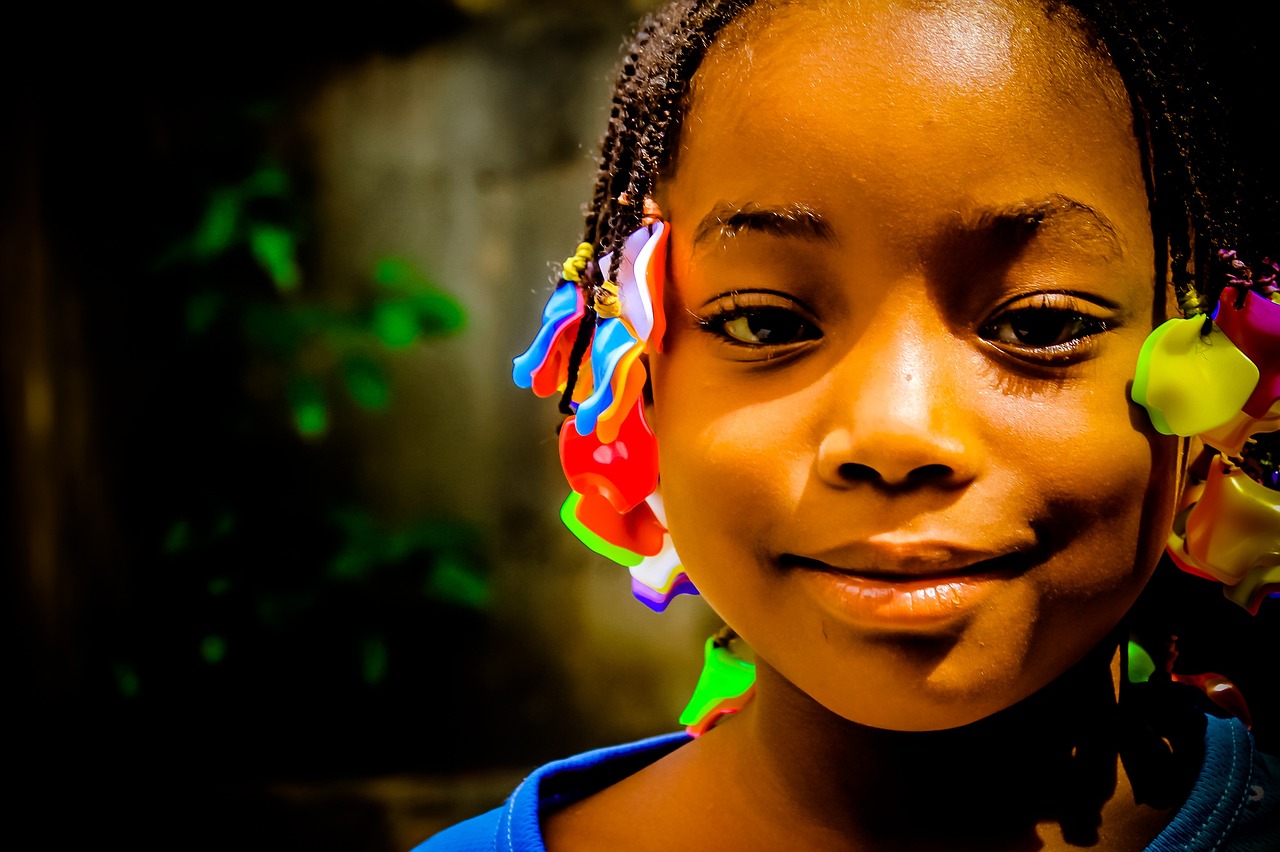
Blue
Blue holds a special place in traditional African art, symbolizing spirituality, peace, and harmony. The color blue is deeply connected to the sky and water, representing stability, healing, and the divine presence in everyday life. In African societies, blue is often associated with the calming and soothing qualities of water, which is essential for sustenance and life. It signifies a sense of tranquility and balance, reflecting the importance of spiritual well-being and inner peace.
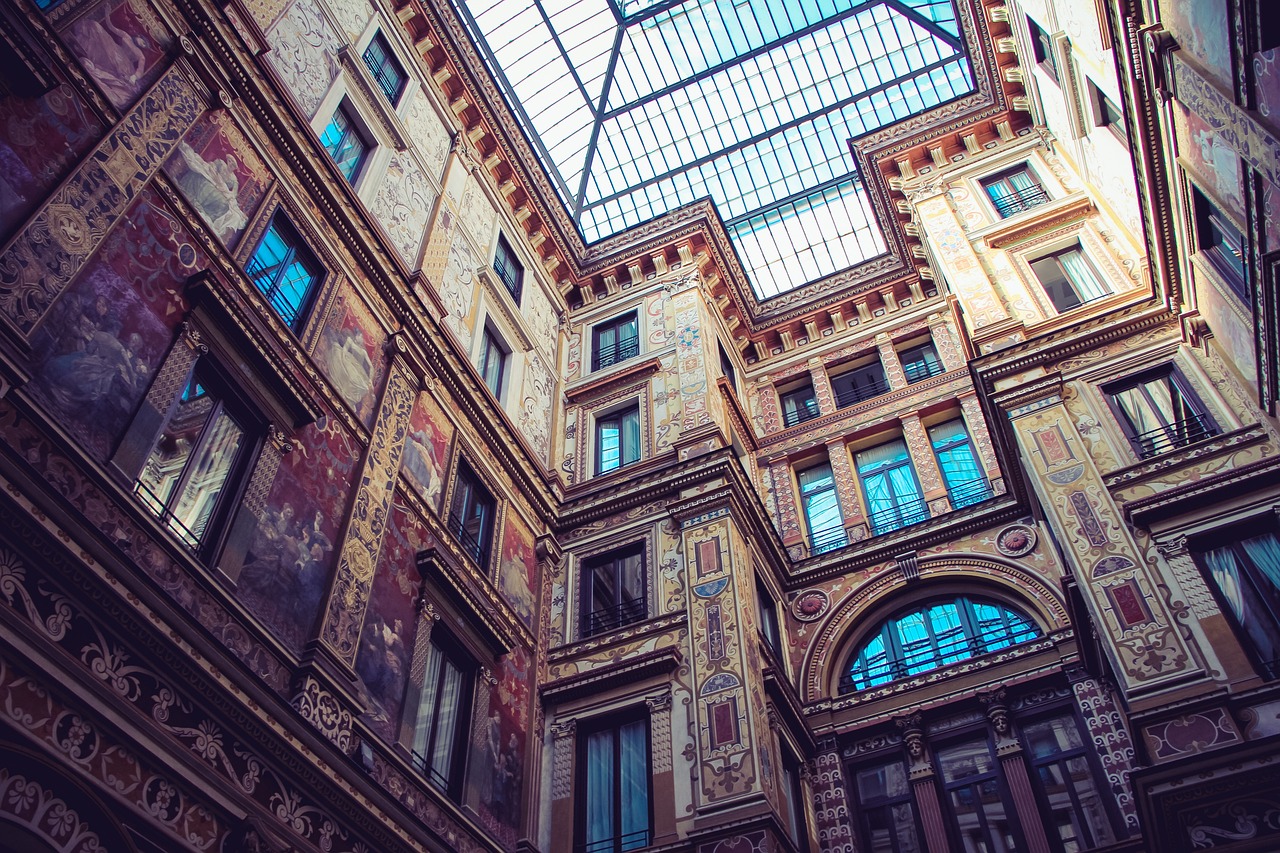
Yellow
In traditional African art, the color yellow holds a significant place, symbolizing various aspects of life and culture. This vibrant hue is deeply connected to themes of wealth, fertility, and prosperity, reflecting the sun's life-giving energy and the abundance of the earth. Yellow is often associated with growth, enlightenment, and joy, embodying the optimism and positivity found in African societies.
Moreover, yellow in African art represents the interconnectedness of all living beings and the cyclical nature of life. It symbolizes the renewal and regeneration seen in nature, highlighting the importance of harmony and balance within the community. The color yellow is a visual reminder of the continuous cycle of growth, prosperity, and the ever-present potential for new beginnings.
Furthermore, yellow is linked to the concept of enlightenment and spiritual awakening in African cultures. It signifies the pursuit of knowledge, wisdom, and the light that guides individuals on their journey towards self-discovery and understanding. The color yellow serves as a beacon of hope and positivity, encouraging individuals to embrace the brightness and vitality of life.

Green
Exploring the significance of colors in traditional African art forms, which convey cultural, spiritual, and social meanings. Each hue carries symbolic weight, reflecting the rich heritage and diverse narratives of African societies.
In African art, the color green holds profound symbolism, reflecting the deep connection to nature, growth, and renewal. It embodies the essence of life, health, and the interdependence of all living beings. Green symbolizes the fertility of the land, the prosperity of communities, and the cyclical nature of rebirth.
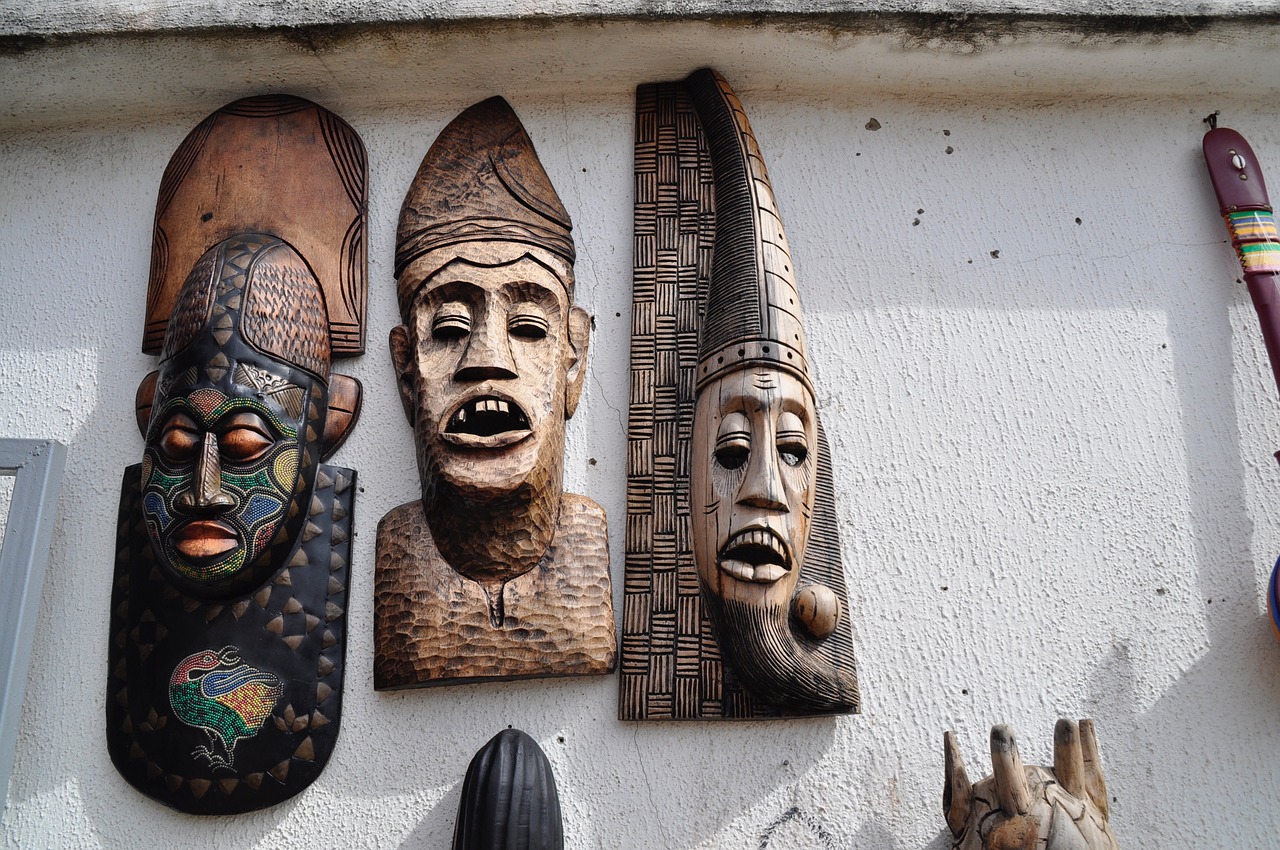
Black
In traditional African art, the color black holds profound symbolism, representing mystery, power, and spiritual awareness. Black is often associated with the unknown aspects of life, ancestral wisdom, and the transformative journey of existence encompassing both life and death. It signifies strength, resilience, and the hidden knowledge passed down through generations.
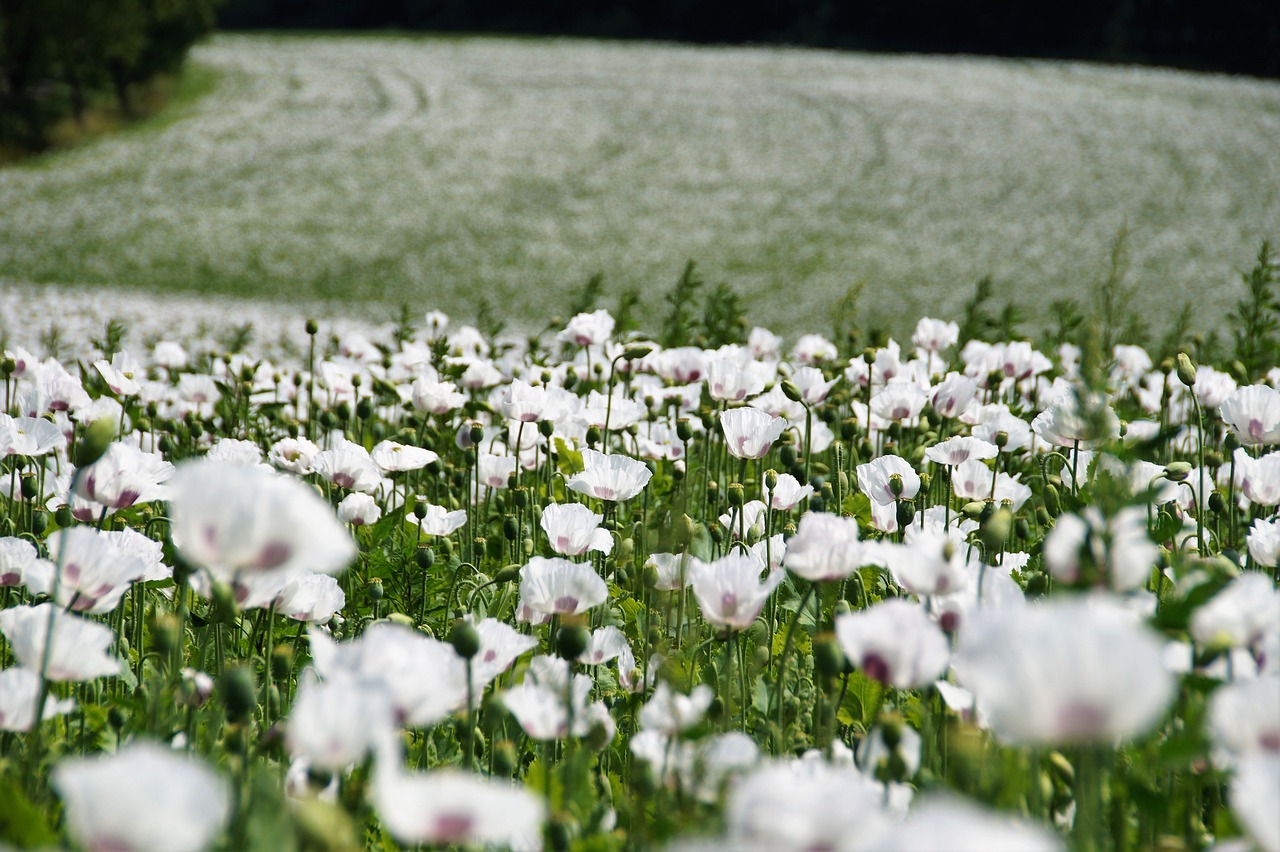
White
White is a color of profound significance in traditional African art, embodying purity, light, and spiritual enlightenment. In various art forms across African cultures, white symbolizes peace, clarity, and the presence of ancestral spirits. It represents the balance between the physical and spiritual worlds, serving as a bridge between the earthly realm and the divine. White holds a sacred meaning, signifying truth, protection, and the harmonious coexistence of different realms of existence.
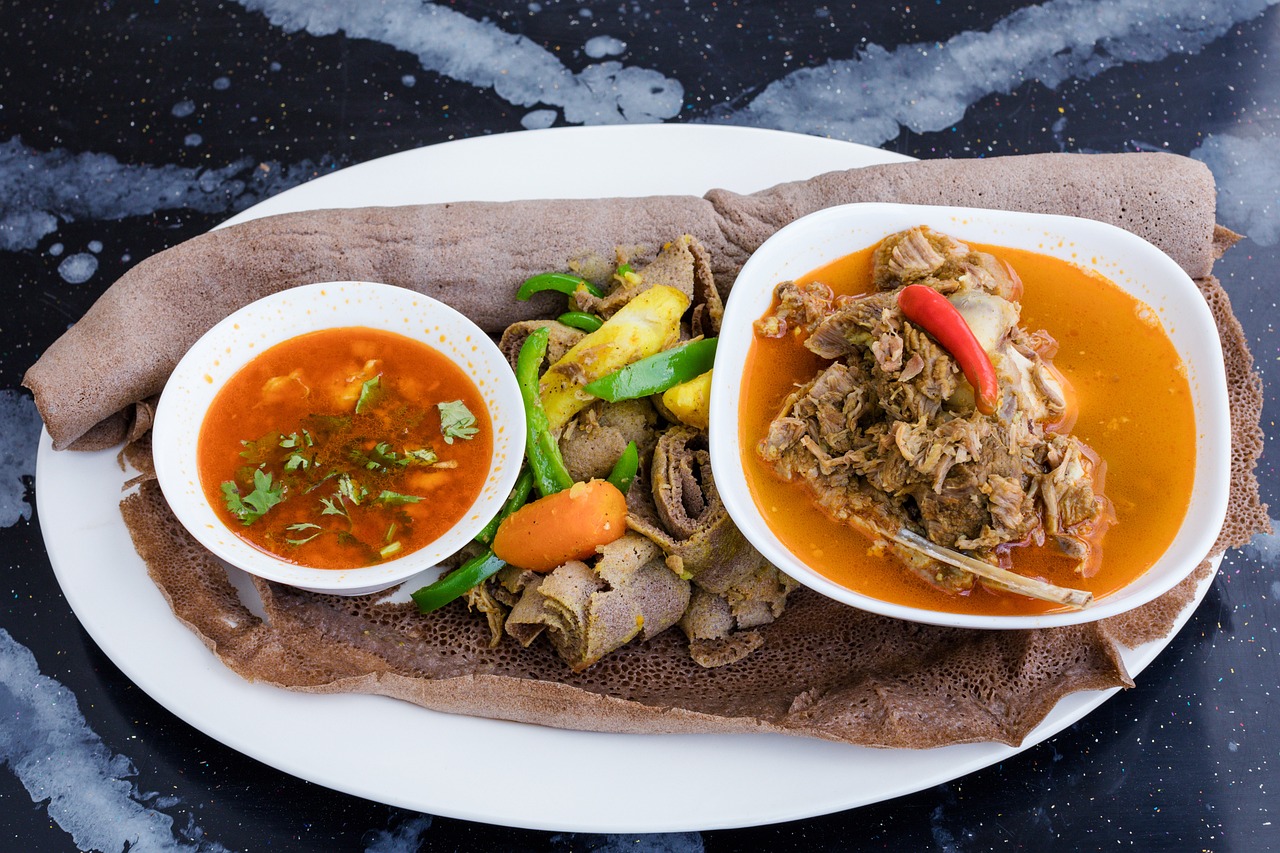
Orange
Orange holds a vibrant and energetic presence in African art, symbolizing various aspects of life and culture. This warm hue signifies energy, creativity, and celebration, evoking a sense of vitality and endurance within the community. In traditional African art forms, orange is often used to represent the joy of communal gatherings and the spirit of togetherness. It embodies the enthusiasm and warmth shared during festive occasions, conveying a deep sense of connection and shared experiences among individuals.
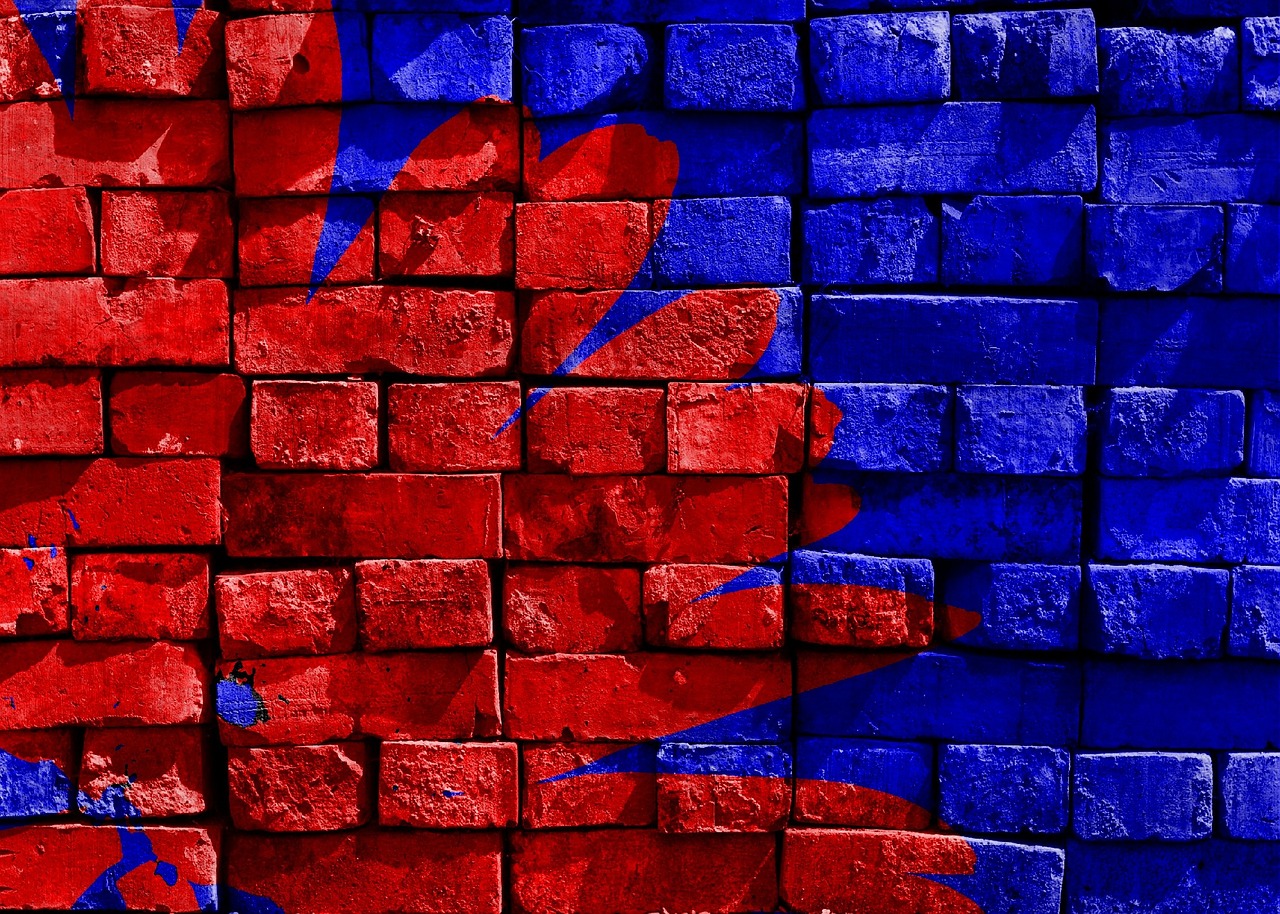
Purple
Purple holds a special place in traditional African art, symbolizing royalty, spirituality, and wisdom. This regal hue is often associated with leadership, reflecting the authority and connection to the divine within African societies. In many cultures, purple is reserved for those in positions of power and influence, signifying their role in guiding the community and upholding sacred traditions.
Furthermore, purple represents the spiritual realm and the sacred rituals that define African art forms. It embodies the deep connection to ancestral wisdom and the mystical aspects of life. The color purple is often used in ceremonies and celebrations to honor the ancestors and seek their blessings for important events and transitions within the community.
In addition, purple signifies creativity and intuition in African art, highlighting the importance of artistic expression and the power of imagination. Artists often use purple tones to convey a sense of magic and transformation in their work, drawing inspiration from the spiritual significance of this captivating color.
Frequently Asked Questions
- What is the significance of colors in African art?
The colors in African art hold deep cultural, spiritual, and social meanings. Each hue conveys symbolic weight, reflecting the rich heritage and diverse narratives of African societies.
- How does red symbolize vitality in African art?
Red in African art represents vitality, energy, and life force. It is often associated with power, passion, and courage, symbolizing blood, fire, and the enduring spirit of the community.
- What does the color blue signify in African art?
Blue symbolizes spirituality, peace, and harmony in African art. It is linked to the sky and water, representing stability, healing, and the divine presence in everyday life.
- How is yellow interpreted in African art?
Yellow signifies wealth, fertility, and prosperity in African art. It embodies the sun's life-giving energy and the abundance of the earth, symbolizing growth, enlightenment, and joy.
- What does the color green represent in African art?
Green reflects nature, growth, and renewal in African art. It symbolizes life, health, and the interconnectedness of all living beings, representing fertility, prosperity, and the cycles of rebirth.
- How is black symbolized in African art?
Black symbolizes mystery, power, and spiritual awareness in African art. It is associated with the unknown, ancestral wisdom, and the transformative journey of life and death, signifying strength, resilience, and hidden knowledge.
- What does the color white represent in African art?
White represents purity, light, and spiritual enlightenment in African art. It symbolizes peace, clarity, and the presence of ancestral spirits, embodying truth, protection, and the balance between the physical and spiritual worlds.
- How is orange interpreted in African art?
Orange signifies energy, creativity, and celebration in African art. It represents vitality, endurance, and the joy of communal gatherings, symbolizing warmth, enthusiasm, and the zest for life.
- What does the color purple symbolize in African art?
Purple symbolizes royalty, spirituality, and wisdom in African art. It is associated with leadership, connection to the divine, and the sacred rituals of the community, representing creativity, intuition, and the power of transformation.
















